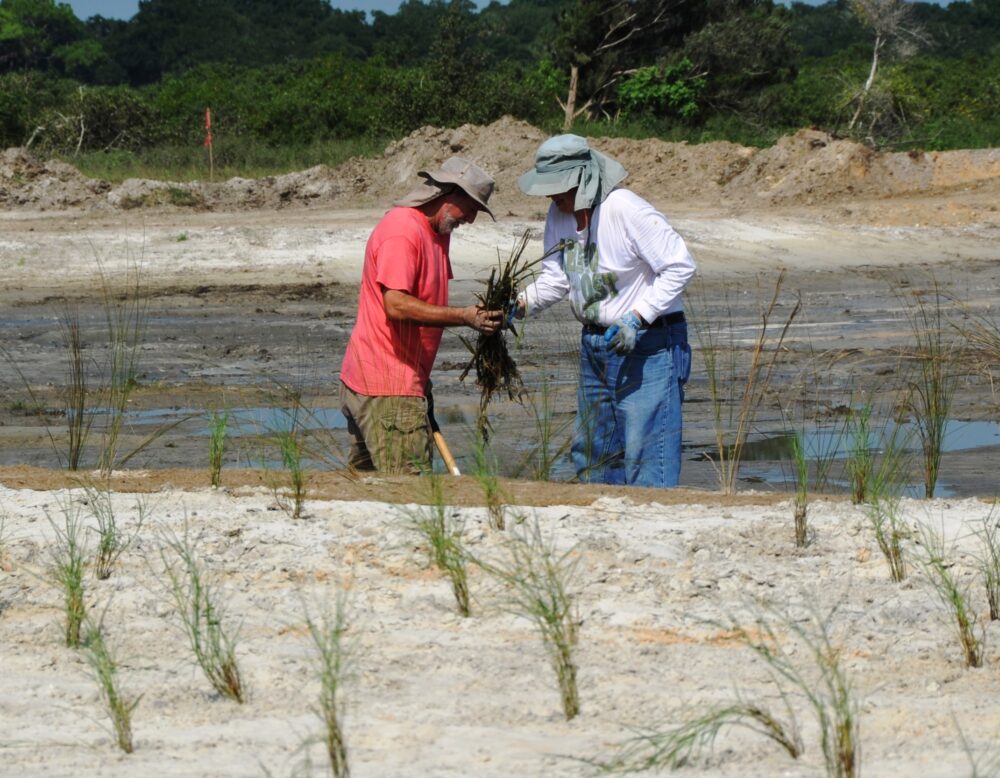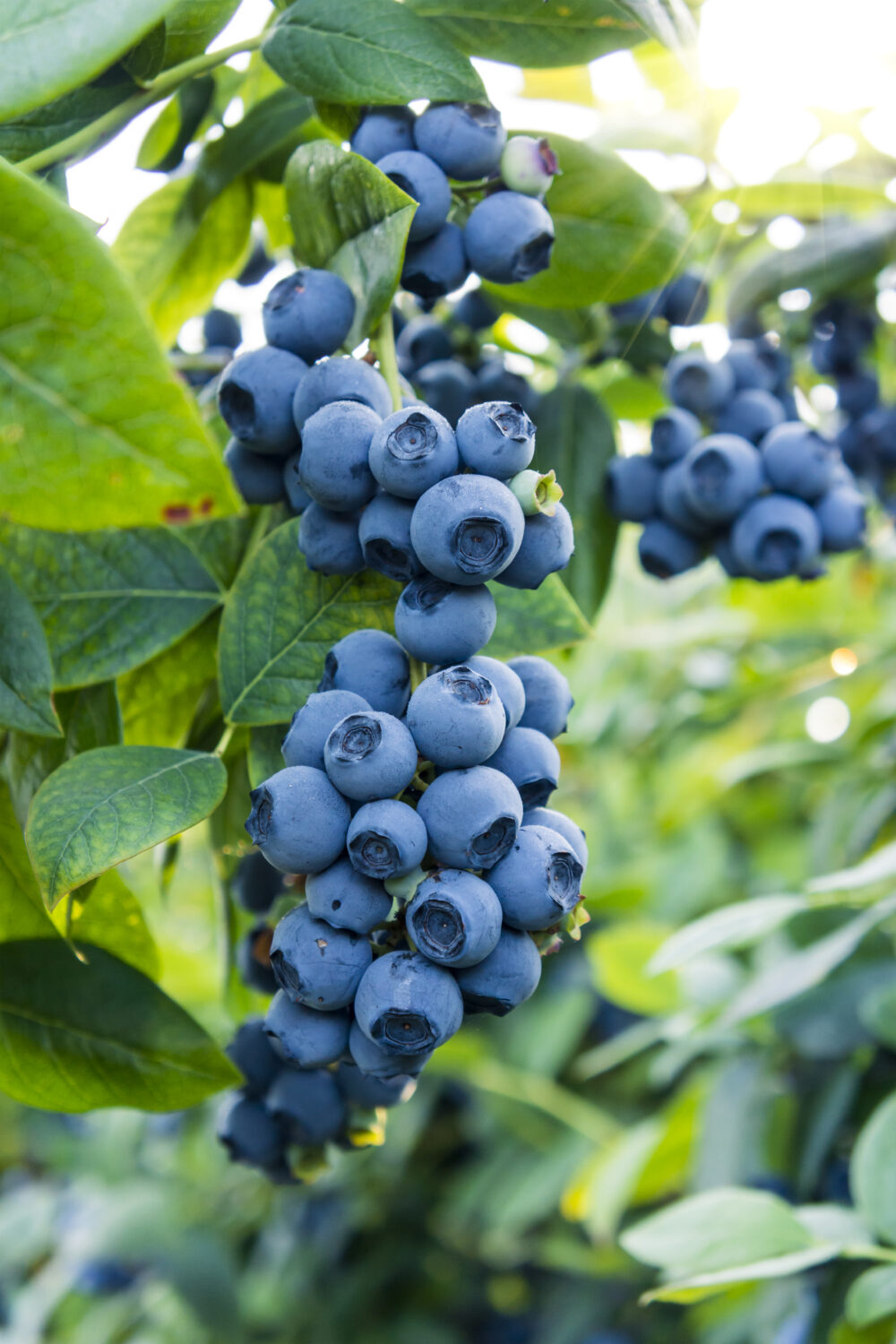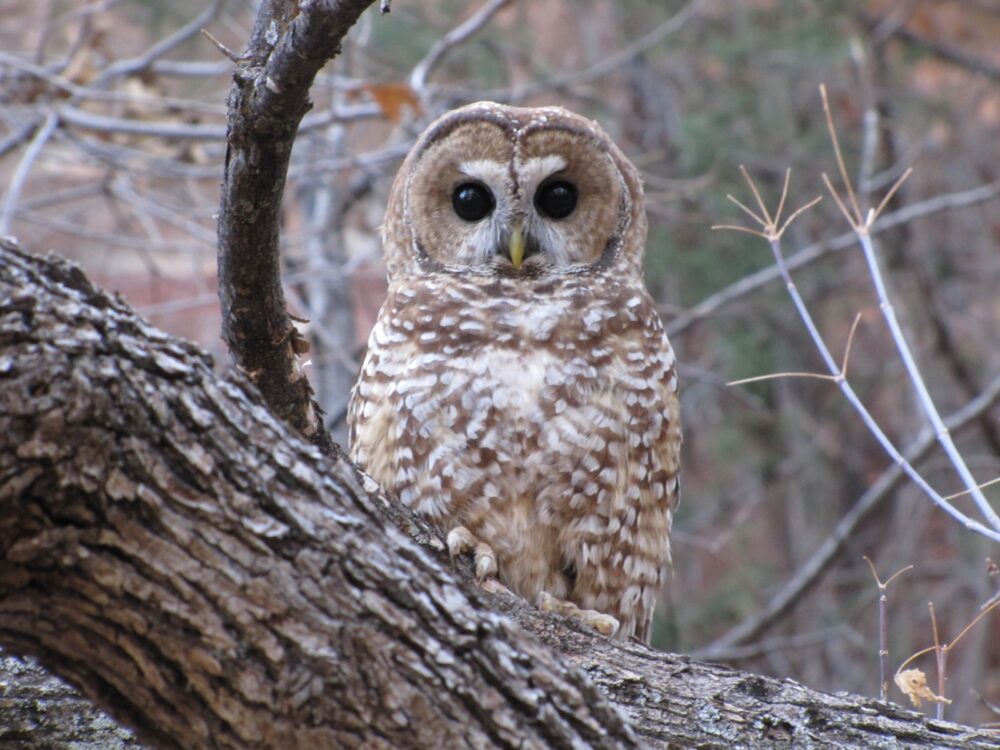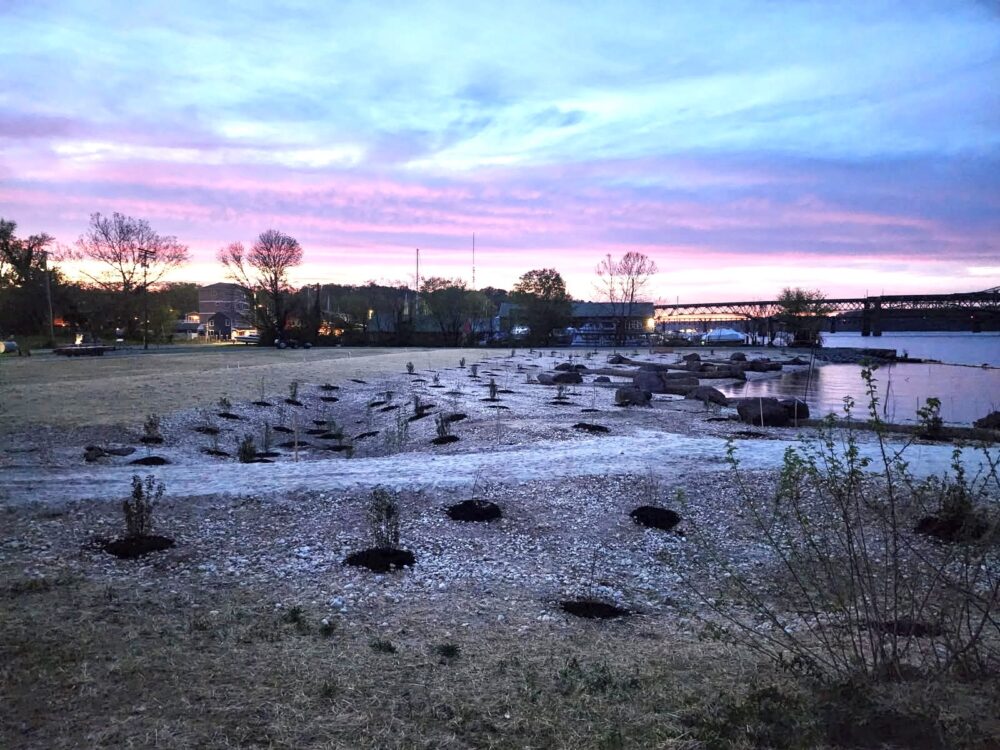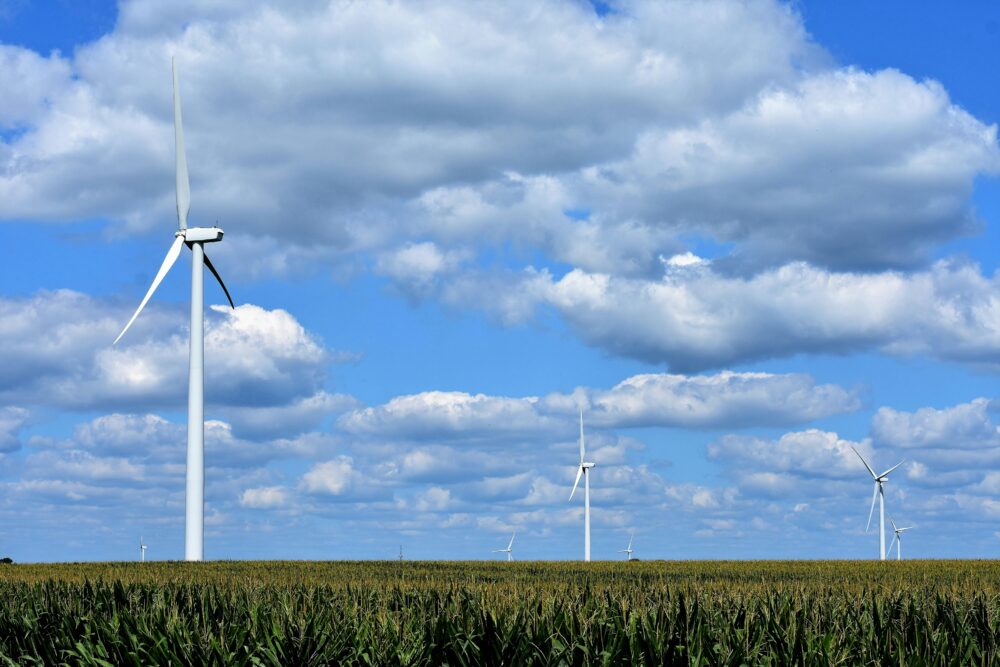We have much more to do and your continued support is needed now more than ever.
Postcard from Cape Monarch
Crossing the Delaware Bay on my way to New Jersey yesterday, migrating monarchs were flying past the ferry, and I was lucky enough to land at the same time as a cloud of these guys descended upon the dunes of Cape May Point.
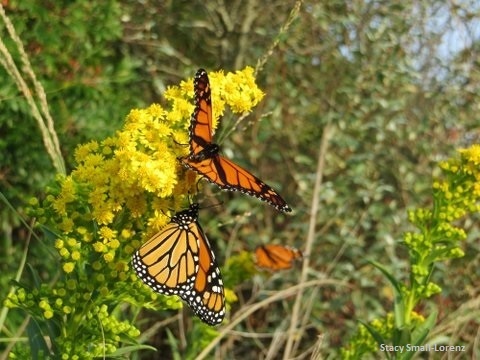
However, migrating adults get energy from blooming fall flowers, and especially important is the abundant nectar of goldenrod along their southward journey.
An Essential Fall Nectar Plant for Monarchs
While in Cape May, monarchs especially love seaside goldenrod which thrives in sandy places. The town of Cape May Point has planted plenty of goldenrod on their dunes.
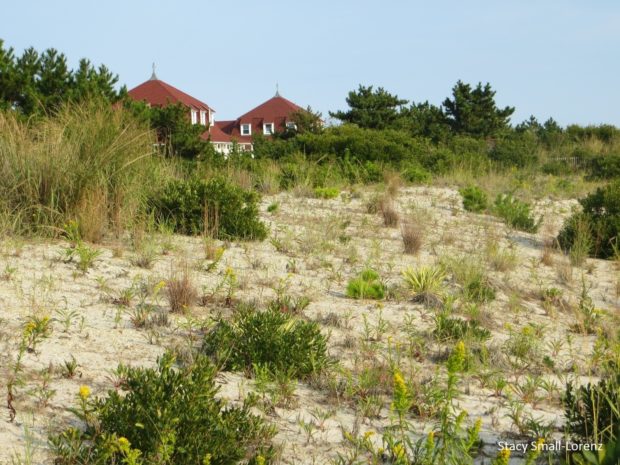
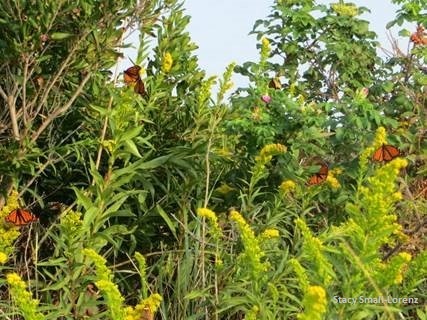
He showed me how they tag, determine the sex, and evaluate the condition of each monarch they net. This includes giving its abdomen a gentle massage with the fingertips to assess the fat score.
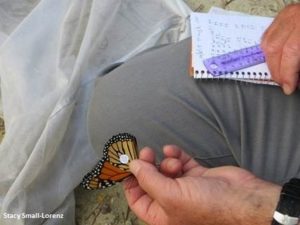
I learned that monarchs have been recaptured in Mexico that were tagged in Cape May. Amazing!
Hopefully, all that sweet goldenrod nectar will fatten these butterflies up enough to fuel them safely on their long southward journey.
And no, goldenrod doesn’t cause hay fever! That’s the less showy ragweed which bears pollen at the same time.
![]() So all of you butterfly heroes out there, planting goldenrod should be the next thing to add to your butterfly hero checklist! Please retweet the tweet below to help spread the word!
So all of you butterfly heroes out there, planting goldenrod should be the next thing to add to your butterfly hero checklist! Please retweet the tweet below to help spread the word!
#monarchs on their southward migration! Plant fall-blooming nectar plants like goldenrod. http://t.co/uNNXuGpYeP pic.twitter.com/tIIsIC1NIW
— National Wildlife Federation Action Fund (@wildlifeaction) October 11, 2015


